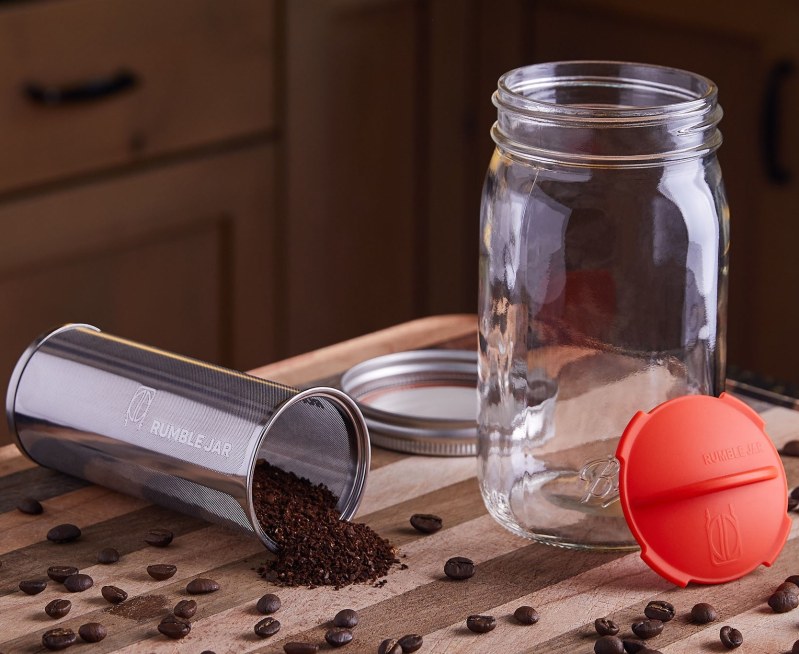
The world is fraught with fancy coffee gadgets, most of them superfluous. If we’re honest with ourselves, as enticing as all of the bells and whistles (sometimes literally) can be, they just aren’t necessary for a genuinely delicious cup of coffee. And even if you are someone who likes to wake up to a double shot, extra foam, triple whip, 16-ingredient coffee concoction, chances are you’re driving through the closest Starbucks to get it. But if you (like us), fall into the simpler coffee lover category, a straightforward, humbler machine will do the trick. One that brews a beautiful drip coffee or espresso shot, perhaps its fanciest adornment a detachable milk-frother. These are just fine by us (and probably most people) in the world of hot coffee. But if you love a cold brew coffee, things get a little more complicated.
Cold brew coffee has caught fire in recent years, and for good reason. Of course, we’ve always loved a refreshing mid-afternoon iced coffee, but cold brew is a whole different ball game. When coffee is brewed cold, far less acid is extracted from the coffee grounds, removing much of the bitterness that some people find off-putting. Cold brew is a great alternative for those who want a naturally sweeter, purer-tasting cup.
A great cold brew coffee maker
And because the process of making cold brew calls for an entirely different method, unfortunately, it renders our tried-and-true simple coffee machines pretty useless in this category. Sure, there are the top-of-the-line fancy cold brew coffee makers out there, but they’re often ridiculously expensive and take up too much counter space for their sole function. So what do we do? Of course, there are cold brew DIY methods out there, but they can be messy and hard to get just right. , the easy answer to how to make cold brew.
Rumble Jar is a small, affordable cold brew coffee maker for those of us who don’t need all the added pizzaz. As stated on its website, “We build equipment to keep the cold-brewing process as simple as possible. No fancy gizmos here. Just professional-quality filters that minimize the amount of effort you need to make great coffee.”
Recipient of Kickstarter’s 2018 Project of the Year award, Rumble Jar is a simple cold brew coffee filter that’s small enough to toss in a drawer, but makes cold brew impressive enough to blow the socks off of even the snobbiest of coffee connoisseurs. This sexy filter is made of dent-resistant stainless steel and slips effortlessly into a mason jar for both sleek and practical storage. The cap is formed from food-grade silicone and seals your cold brew into an airtight chamber. And if you’re looking to make your cold brew on the go, they also have a portable version that comes with its own insulated bottle.
So if you appreciate a classically delicious cup of cold brew without all of the needless frivolity that comes with high price tags, get yourself a Rumble Jar.



